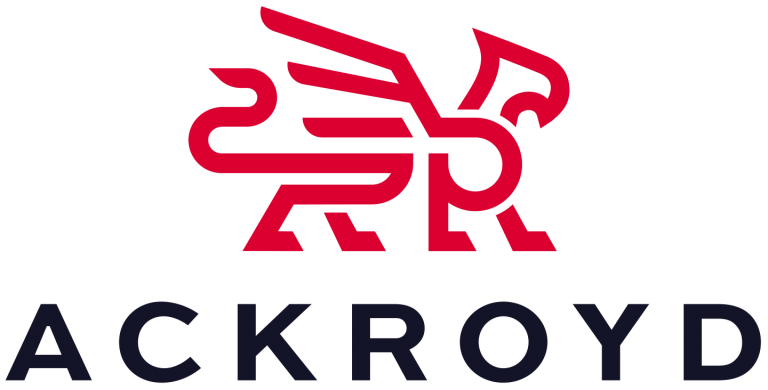What should I do if I am discriminated against?
Discrimination isn’t limited to day-to-day interactions, in fact, it is said that at least 36% of UK adults claim to experience discrimination at work.
However, legislative measures have been put in place to avoid workplace discrimination in an effort to move towards a more fair and equal society.
What is discrimination in the workplace?
Discrimination in the workplace occurs through unfair or unfavourable treatment based on certain prejudices. These prejudices may relate to an employee’s gender, age, religion, disability, race, etc.
Workplace discrimination can happen in the following areas:
- Redundancy or dismissal from work
- Employment terms and conditions
- Pay and benefits
- Recruitment and training
- Promotion and transfer opportunities
What are protected characteristics?
As outlined in the Equality Act 2010, it is unlawful to discriminate against an employee based on “protected characteristics” which include the following:
- Age
- Married or in a civil partnership
- Disability
- Gender reassignment
- Pregnancy or on a maternity leave
- Race including colour, ethnicity, origin or nationality
- Religion or belief
- Sex or sexual orientation
It is also against the law to discriminate against an employee based on these additional characteristics:
- Trade union members
- Spent convictions
When can I be discriminated against at work?
To understand workplace discrimination further, we’ll look into the different scenarios where it commonly occurs.
Job adverts
A job advert should focus on the skills and qualifications required for the role. It should not expressly or impliedly describe the individual at which the job is aimed. Statements such as “this job is not suitable for someone with children” or “this role is open to young professionals” already signify discrimination against a particular group or type of individual. Instead of this, broad language should be used such as “recent graduate” or “highly experienced person.”
Interviews
Interviews must be conducted in a certain way so as to not discriminate directly or indirectly. An interview must be focused on the applicant’s skills, experiences, and qualifications rather than aiming questions at them personally such as “do you intend to have children” or “do you go to church”. An interviewer must not mention or ask about protected characteristics.
In some circumstances, an interviewer can ask an interviewee about their health or disability if reasonable adjustments cannot be arranged for the role they would be required to do or to make reasonable adjustments in order to conduct the interview.
Equal Pay
Another manifestation of workplace discrimination is unequal pay. The gender pay gap in the UK is prevalent, as shown in an Office of National Statistics census (2021) which outlines that there was an increase in the gap of 14.9% (2020) to 15.4% (2021) in pay between men and women.
Generally, employees who do the same work in the same role must be paid equally. No factors should influence their salaries or wages, especially those identified as protected characteristics. The same goes for bonuses, benefits, or entitlements.
Types of discrimination in the workplace
Harassment
Workplace harassment is defined as “unwanted behaviour linked to a protected characteristic that violates someone’s dignity or creates an offensive environment for them.”
It is important to remember that workplace harassment may include physical, verbal, sexual, or emotional behaviour. Making insults, offensive jokes, slurs, name-calling, threats, intimidating, mocking, or other actions that interfere with work performance can constitute workplace harassment.
Example: Making sexist remarks can be harassment.
Victimisation
Victimisation occurs when an employee is treated unfairly because they have made a complaint about workplace discrimination. This could be related to discrimination against a work colleague.
An individual may also experience workplace discrimination through victimisation despite not making the complaint themself. In some instances, a person might be treated poorly because they sided with or helped another colleague when filing a complaint against workplace discrimination.
Example: You complain to management about sexist remarks that are being made about a colleague and you get treated unfairly because you have made the complaint.
Direct vs indirect discrimination
Direct discrimination is the direct act of treating someone with a protected characteristic less favourably or unfairly, whereas indirect discrimination is putting someone at an unfair disadvantage due to a protected characteristic. This can relate to enforcing rules or workplace policies that affect certain people. An employer may do this knowingly or unknowingly.
Example:
Direct discrimination could be making someone redundant because they are pregnant.
Indirect discrimination could be requiring every employee to follow a workplace dress code that does not allow head scarves which therefore discriminates against people of certain religions.
What should I do if I am discriminated against?
If you experience any form of workplace discrimination mentioned above, here’s what you can do.
- Inform your employer, manager or supervisor about the discrimination. Communicate the concern and sort the problem internally.
- Follow your employer’s internal complaints policy or grievance process.
- You can ask for help from outside the organisation and undergo mediation or “alternative dispute resolution.”
- You can also contact a Trade Union representative to support you in meetings or to give you advice.
- Ask for help from Acas which is an independent governmental body that helps employers and employees by providing advice and assistance with workplace disputes.
- Citizen’s Advice can also provide information on employment issues.
If workplace discrimination cannot be sorted out informally, you can make a claim to an employment tribunal.
You have to make a claim within 3 months of the discrimination happening and before you do so, you must consult Acas first and be given the chance to settle the dispute outside of court.
If it is found that you cannot settle the dispute, Acas will provide you with an early conciliation certificate which you can use to go to the tribunal.
Once you make the claim, the employer will have 28 days to respond to present their side. The tribunal will then decide whether the case will need to go to a hearing where you will give evidence and present your case. You will be sent the outcome of the decision in the following days or weeks after the hearing.
Remember that your workplace must be a safe space for you. The burden of creating a fair and equal workplace falls on your employer. If you or someone you know is experiencing workplace discrimination, seek legal advice.
At Ackroyd Legal, we can assist with claims against workplace discrimination. Please do not hesitate to contact us today on 020 3058 3363 to see how we can help you.






